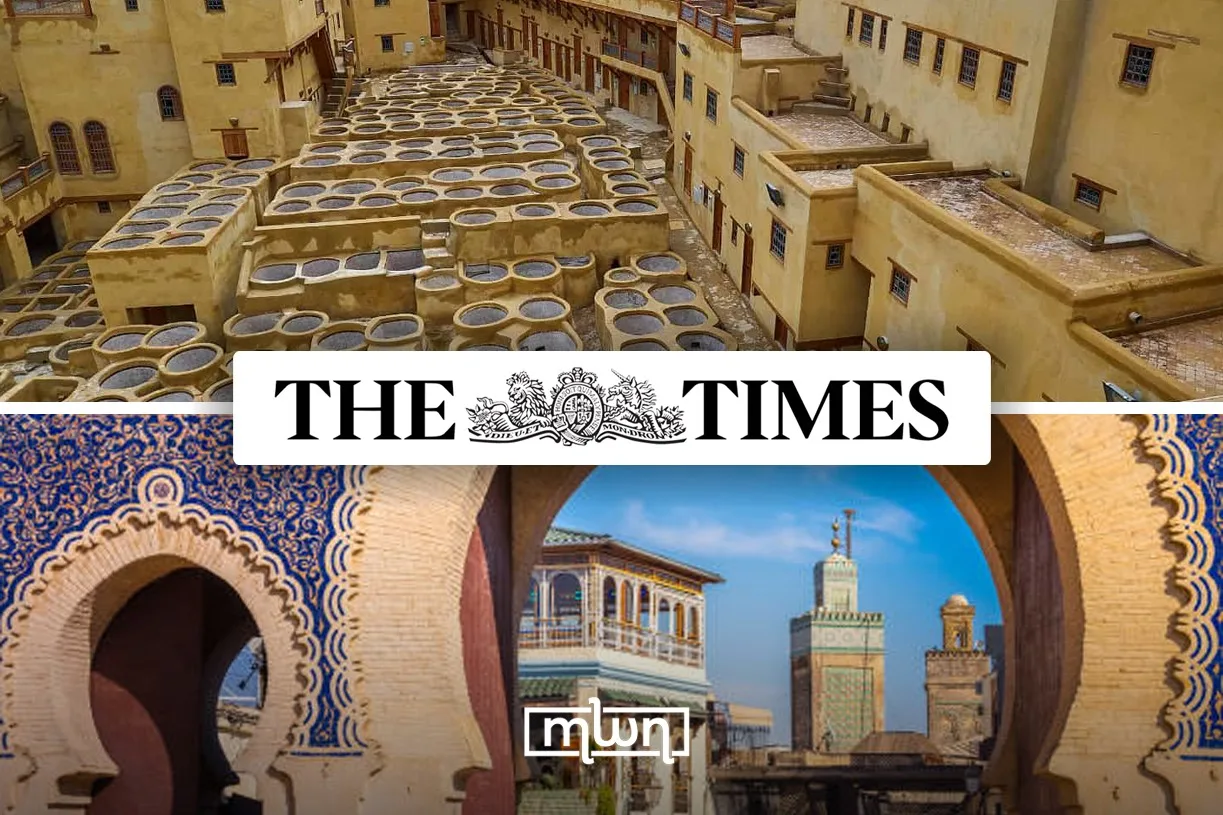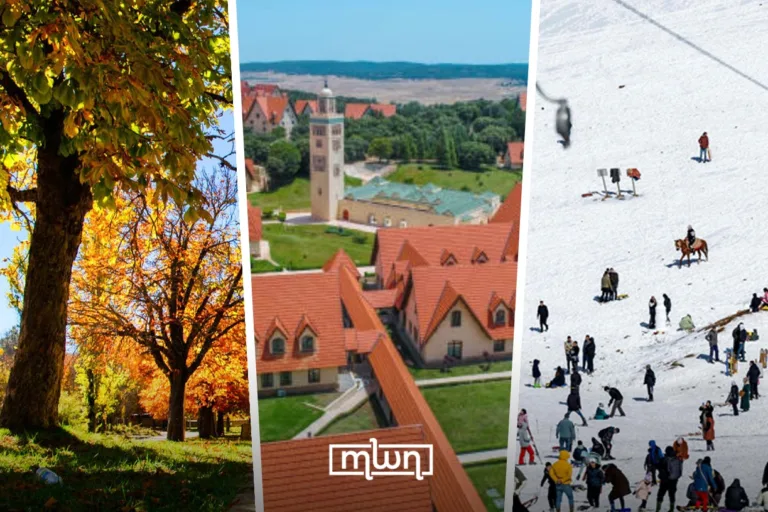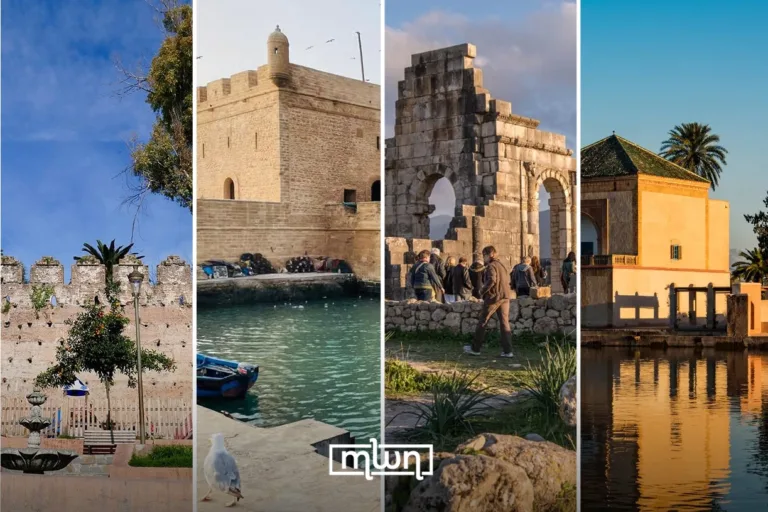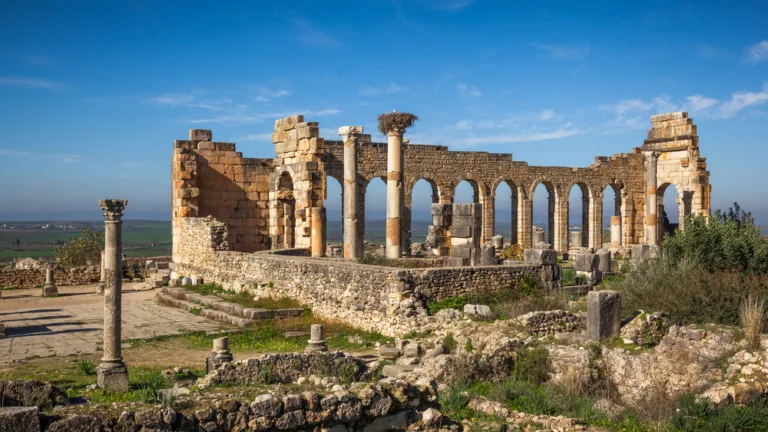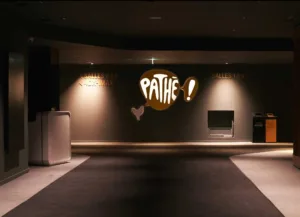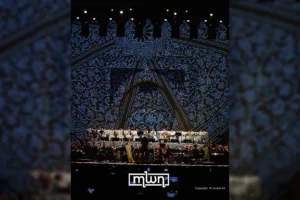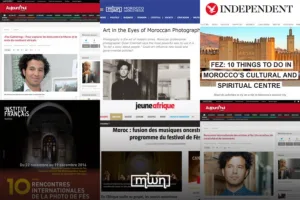Fez – The piece by Joey Tyson backs that claim with a 48-hour plan covering classic sights, low-key cafés, and a handful of riads that bridge tradition and comfort.
The article frames Fez el-Bali as the city’s beating heart, noting its scale, walkability and living craft economy — from leather tanneries to woodworking and Quranic schools that still operate today. That depiction aligns with UNESCO’s listing, which calls the medina one of the Arab-Muslim world’s most extensive and best-conserved historic towns.
For first-timers, the guide’s itinerary begins at Bab Boujloud and follows Talaa Sghira into the souks before climbing for a tannery overlook at Chouara, where hides are dyed in natural pigments. Sunset at the Merenid Tombs above Fez el-Bali earns a prime spot for the panorama and the evening call to prayer rolling across minarets. Day two pivots to the Nejjarine Museum of Wooden Arts & Crafts, housed in an 18th-century funduq, then to Jnan Sbil gardens for a shaded stroll. A nightly culture stop at Café Clock rounds out the checklist.
Eating and drinking selections balance street-level flavor with leafy courtyards. The Times highlights Berrada for a tasting-menu-style kitchen visit, Abdullah Thé & Café for a turbo mint tea, and The Ruined Garden for slow-cooked mechoui and tranquil garden dining. Independent listings and venue pages support The Ruined Garden’s long-running role as a medina staple.
On stays, the feature points readers to a spectrum of riads. Riad Tizwa is presented as pared-back and personal inside the walls. Palais Amani offers a restored 17th-century residence with a hammam, cooking school and rooftop cocktails. Riad Fes brings Relais & Châteaux polish, a courtyard pool and a terrace with broad city views. Official hotel pages reflect those profiles.
The practical advice is simple. Fly direct from London Stansted on Ryanair, take red petite taxis for longer hops after dark, and walk during the day because the medina is pedestrian. Public airline and destination pages confirm the direct link between Stansted and Fez, while UNESCO and city resources underscore the medina’s car-free character.
The Times piece captures why Fez rewards unhurried travel. Its core claim that the city is “remarkably unchanged” rings true at street level, even as a newer crop of kitchens and riads adds comfort without breaking the spell.
Readers should match the guide’s highlights with local context, checking opening hours at Nejjarine and Jnan Sbil and reserving courtyard restaurants in advance during peak weekends. Fez remains a city where heritage and daily life are intertwined, and where slow, respectful tourism fits the place rather than bending it to trend.

